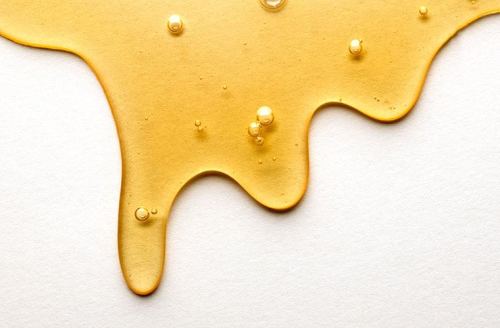*How* much of the world’s honey supply contains traces of pesticides?
New research shows that trace amounts of neonicotinoid pesticides were found in 75 percent of 198 honey samples from around the world.

Using honey for its medicinal and healing properties is basically a practice as old as time itself. It’s more or less the OG coconut oil—use it as a natural sweetener, a face wash, and a sore-throat soother for starters—plus it never goes bad.
But the magical gift from nature does encompass a problem: According to a study published in Science, trace amounts of neonicotinoid pesticides were found in 75 percent of 198 honey samples from around the world. Neonicotinoid pesticides are a common class of insecticides that are derived from nicotine and commonly used in agriculture.
“The contamination confirms the inundation of bees and their environments with these pesticides, despite some recent efforts to decrease their use,” the study’s authors state.
“Concern about impacts has been increasing as evidence for negative effects on bee health and persistence has accumulated,” the study’s authors state. “The contamination confirms the inundation of bees and their environments with these pesticides, despite some recent efforts to decrease their use.”
But before you throw out your honey pots, the researchers say that even with the traces of pesticide compounds, the gooey golden goodness still safe for human consumption (even if it is less than ideal). To minimize your exposure, keep in mind the highest levels were found in honey sourced from North America, followed by Asia and Europe, with South America reporting the lowest amounts.
So if you’re thinking of giving your skin a sweet treat this weekend (hello, self-care-Sunday mask), do a bit of homework ahead of time—and maybe check those labels for South America bona fides.
Did you know it’s possible to help the environment with your lunch order and monitor your environment’s air quality with a Fitbit-like device?










